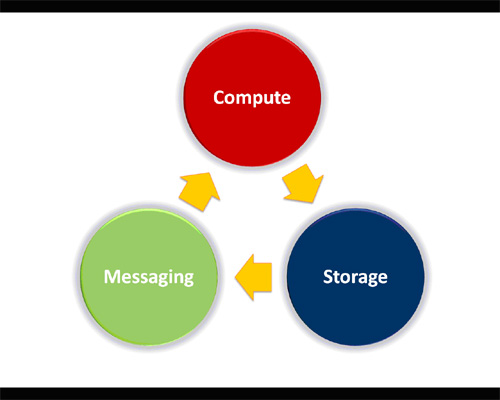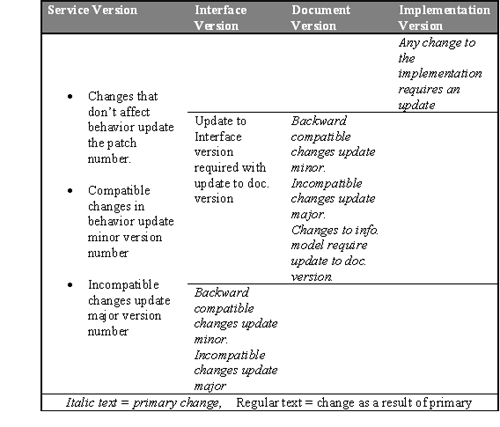Often, competitive environments change faster than a firm’s responding processes and decision making abilities. Most organizations fail at executing strategies designed to improve their position in the market.


Often, competitive environments change faster than a firm’s responding processes and decision making abilities. Most organizations fail at executing strategies designed to improve their position in the market.

I have come across businesses where some problems are chronic. In other words, these problems have existed for a long time but nobody attempts to fix them because they are thought to be “unfixable.” I have also come across businesses where problems are approached with a quick-fix mentality.

In the past year I’ve heard increased chatter about the need for improved facilitation skills in the BPM arena including at the November New York BrainStorm BPM Conference where facilitation skills were highlighted as a necessary competency of Business Analysts1. So what are these facilitation skills everyone is talking about?
Simply put, facilitation is a structured way of helping teams think, discuss, and make decisions in order to achieve their desired goals. And, like any other discipline, it requires a specialized skill set. The larger or more complex the situation, the more honed the skills of the facilitator need to be.

Erik Weihenmayer is an acrobatic skydiver, long distance biker, marathon runner, skier, mountaineer, ice climber, and rock climber. Erik graduated from Weston High School in Connecticut in 1987. As the school’s wrestling captain, he represented the state in National Freestyle Wrestling Championships. In 1991, he graduated from Boston College, and in the same year, he trekked in the Pamir Mountains of Tajikistan.

I recently attended a dot-com launch. What was unique about this particular launch was that the company does not own any servers, and they do not have a data center or even rack space in a co-location facility! Instead they run on virtual servers controlled with a Web service interface, and store their data “in the cloud” using a Web service.
Virtualization is almost a cliché in 2007. IDC lowered its server revenue forecast as a direct result of virtualization. Especially because IDC’s report missed the new phenomenon known as “Web Scale Computing”.

Two problems frequently encountered in planning for new product development are what I call the “depth problem” and the “breadth problem”. In my article “First Things First”, I talked about the depth problem – basically failing to spend time and resources establishing what to make or implement (the right concept) before committing to planning how to make it.
How many times have you heard that SOA is the next big thing? It’s particularly fascinating how the perspectives of customers and vendors evolve on “the latest thing” and where they find the value. The Service Oriented Architecture (SOA) wars have been interesting to watch for exactly this reason. Integration vendors, pure-play BPM vendors and leading application platforms all have an SOA story. The major vendors have focused education efforts on teaching people what SOA is, and how it can make their infrastructures more “agile”.

The Decision’s the Thing…
“The play’s the thing / wherein I will capture the conscience of the King” Hamlet (II.ii. 582-583)

Service-oriented architectures offer many important advantages to the enterprise in terms of agility, flexibility, consistency, reuse, integration and others. But of course, there’s no free lunch. And one of the costs of these advantages is the increase complexity of service lifecycle management and versioning.
Once a service has its first consumer, we have bought off on having to maintain and support that service for an agreed upon period of time.

The Business Process Modeling Notation (BPMN) standard from OMG has a lot to recommend it, but it’s not perfect. Since late February of this year, I’ve been doing BPMN training, and through that I have come to appreciate the subtle power of the notation and how it maps – or sometimes not – to the way real business analysts and architects want to model their processes.
Everyone starts here.
You're looking for a way to improve your process improvement skills, but you're not sure where to start.
Earning your Business Process Management Specialist (BPMS) Certificate will give you the competitive advantage you need in today's world. Our courses help you deliver faster and makes projects easier.
Your skills will include building hierarchical process models, using tools to analyze and assess process performance, defining critical process metrics, using best practice principles to redesign processes, developing process improvement project plans, building a center of excellence, and establishing process governance.
The BPMS Certificate is the perfect way to show employers that you are serious about business process management. With in-depth knowledge of process improvement and management, you'll be able to take your business career to the next level.
|
Courses
|
|
|
|
Courses
|
|
|
|
Courses |
|
|
Business Architecture
|
|
|
|
Courses
|
|
|
|
Courses |
Certificate
|
|
Courses |
Certificate
|